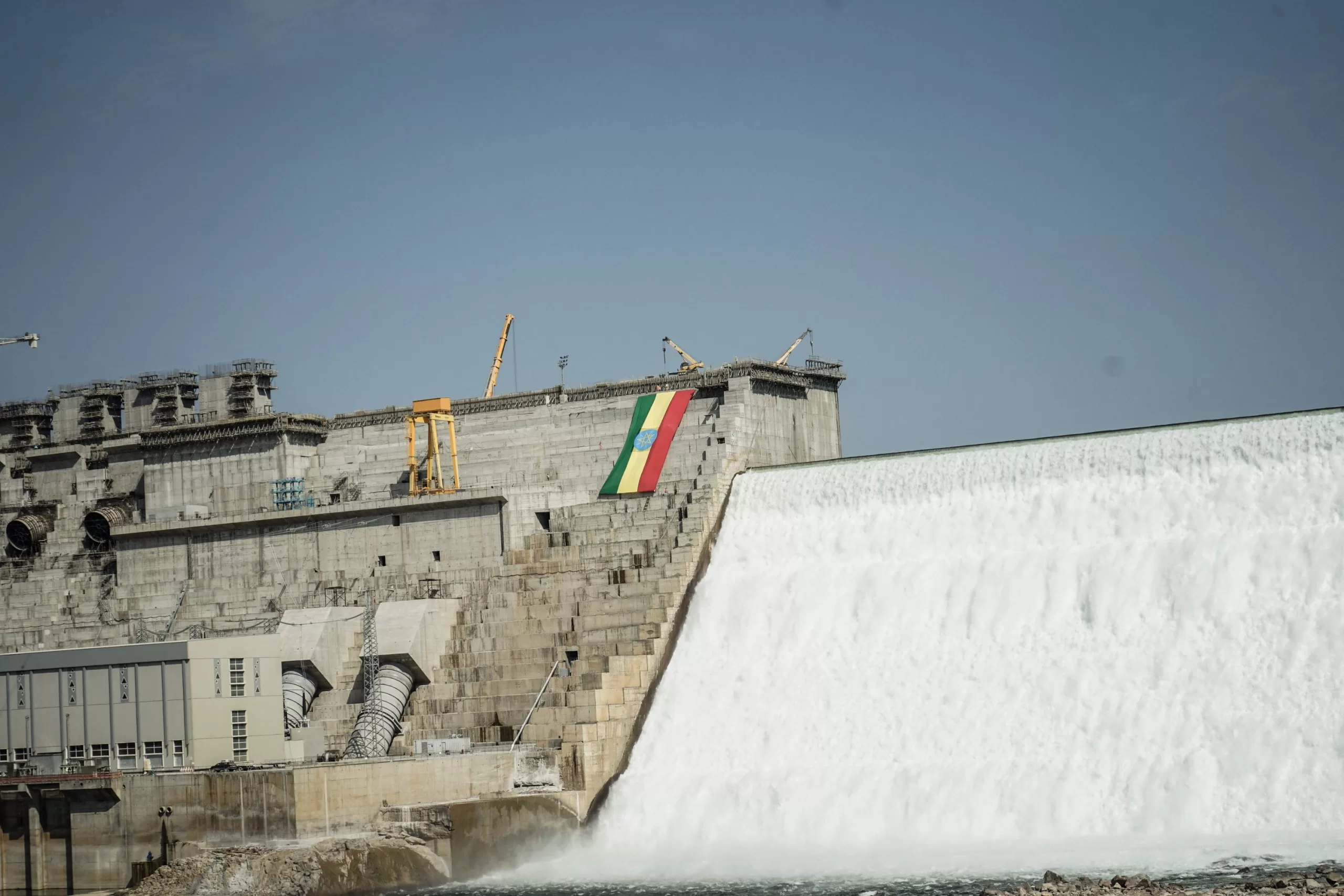Africa’s largest hydroelectric dam has made a significant milestone as it more than doubles electricity production. The controversial mega dam on the Blue Nile has achieved this endeavor as it brings two more turbines into operation. The multi-billion-dollar Grand Ethiopian Renaissance Dam (GERD), long a source of tensions with downstream nations Egypt and Sudan, is now generating 1,550 megawatts of electricity. “The overall progress of the GERD has now transitioned from construction phase to operation phase,” it said, adding that construction of the concrete dam was now complete. “The two turbines generating 400MW each have now started operations, adding to the already functional two turbines generating 375MW each, totaling an output of 1,550MW.” Ethiopia first began generating electricity at the dam in February 2022. It is ultimately expected to produce more than 5,000 megawatts, more than doubling Ethiopia’s current output. Addis Ababa deems the GERD essential for the electrification and development of Africa’s second most populous country.
The State of Affairs Regarding the Operation of the Multi-Billion-Dollar Project
As the construction of Africa’s largest hydroelectric dam comes to a conclusion, negotiations between Ethiopia, Egypt, and Sudan have reached a critical juncture. In the round of talks held in Cairo on October 23, 2023, the impasse persisted despite intense diplomatic efforts. There is no agreement or consensus on the dam’s operations. The international community, including the United States and the African Union, has urged the parties to resolve peacefully. However, as of yet, there is no lasting settlement. Ethiopia insists the dam will not reduce the volume of water flowing downstream. “The Grand Ethiopian Renaissance Dam (GERD) plays a crucial role in managing water flow, mitigating flood risks, and ensuring that downstream nations receive a steady supply of water, particularly during droughts,” Prime Minister Abiy Ahmed said in a post on X on Sunday. In April, the World Bank announced a plan to help Ethiopia expand its electricity network and diversify into other clean resources, including solar, wind, and geothermal power. It said the government had made “encouraging progress” on its electrification program and expanded the grid network coverage to nearly 60 percent of towns and villages.
The Significance of Africa’s Largest Hydroelectric Dam Increasing its Electricity Output
Once fully operation, Africa’s largest hydroelectric dam seeks to double Ethiopia’s electricity generation capacity, increasing the country’s power supply. The GERD will also propel the nation towards becoming a major regional power exporter. Africa’s largest hydroelectric dam shows promise in generating over 5 gigawatts of electricity annually. It will also facilitate addressing the power issues and needs of over 50% of the Ethiopian population currently living without it. Furthermore, the dam is a pathway to economic growth and regional leadership for Ethiopia. They plan to export electricity worth USD 1 Billion annually to neighbouring countries. This aligns with Ethiopia’s broader goals of economic diplomacy. Additionally, the project expects to create significant employment opportunities, improve agricultural irrigation potential, and mitigate flooding. The completion and operation of Africa’s largest hydroelectric dam is highly anticipated. The capital acquired from the electrical exports could be channeled in developed other sectors of Ethiopia’s economy.
Also read:
Challenges Facing the Grand Ethiopian Renaissance Dam
Africa’s largest hydroelectric dam and the symbol of Ethiopian aspiration are also focal points of regional tension, particularly between Egypt and Sudan, which lie downstream. The Nile is a lifeline for these nations. Based on this, the dam’s construction has been at the center of solving a complex water-sharing puzzle. On one end, Egypt historically depends on the Nile waters for nearly all its agricultural and domestic use. The country views the dam as an existential threat to its water security. On the other hand, Sudan is also skeptical about the dam’s construction. While standing to benefit from regulated floods and cheap electricity, it remains cautious about the dam’s operation and safety implications. For this reason, damming the Nile is a contentious issue for Egypt and Sudan, for whom the river is an indispensable resource.
Also read:
Africa’s Largest Hydroelectric Project: The Grand Ethiopian Renaissance Dam Nears Completion

Leave a Reply